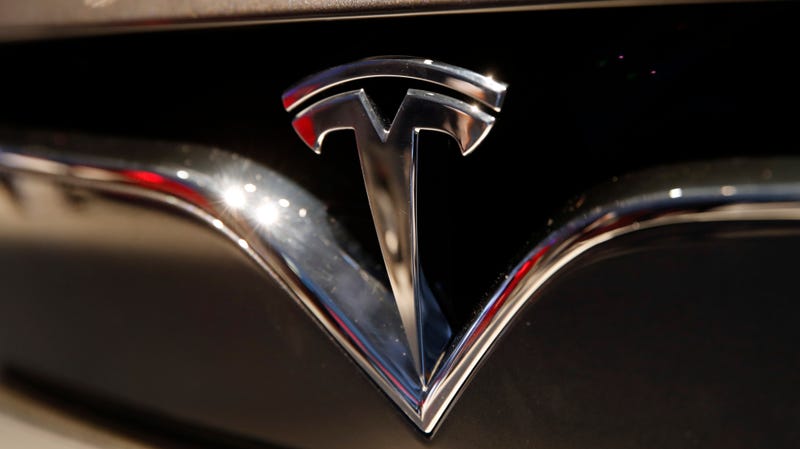
When Tesla’s Autopilot program launched in 2015, it seemed like a revolutionary bit of technology to be adding into our cars. With only the most minimal amount of driver engagement, our cars would basically be driving themselves from Point A to Point B. All we’d need to do as human beings is paying attention to make sure nothing terrible happens.
According to Tesla, as of today, Tesla owners have driven one billion miles with Autopilot engaged. While it seems like a big number, that adds up to about ten percent of all Autopilot-powered miles.
That ten percent, though, includes all Tesla cars—including those sold before Autopilot was an option and those sold to consumers who opted out of the Autopilot option. Which makes that whole “one billion” number seem a whole hell of a lot bigger.
The Autopilot feature is designed as a way to basically double-check safety—and it’s not totally foolproof. It does not mean that the driver can just kick back and relax while the car does all the work. Unfortunately, there’s been a lot of scandal surrounding the Autopilot feature since it made its debut, largely attributed to driver error and the fact that even technology isn’t perfect. As per Tesla:
Autopilot is intended for use only with a fully attentive driver who has their hands on the wheel and is prepared to take over at any time. While Autopilot is designed to become more capable over time, in its current form, it is not a self-driving system, it does not turn a Tesla into an autonomous vehicle, and it does not allow the driver to abdicate responsibility. When used properly, Autopilot reduces a driver’s overall workload, and the redundancy of eight external cameras, radar and 12 ultrasonic sensors provides an additional layer of safety that two eyes alone would not have.
Advertisement
It’s a pretty cool milestone for the company and for the whole car industry as a whole.













